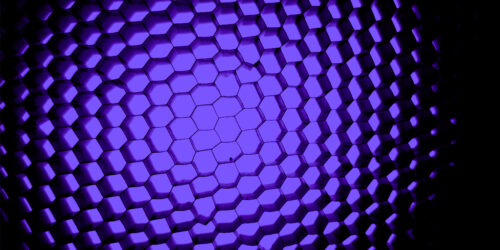In the USA, a rare disease is defined as one that affects no more than 200,000 individuals nationwide (a prevalence of roughly six per 10,000), and in Europe as one that affects five per 10 000, or around 250,000 individuals. Most current treatments are supportive rather than disease-modifying, leaving the majority of rare disease patients with considerable unmet medical needs.
The design and delivery of clinical trials in the rare disease arena bring specific considerations and potential pitfalls for researchers, patients, pharmaceutical companies, and regulators. Examples of trial-related questions/issues that need to be addressed include recruitment targets, dropout rates, and, ultimately, challenges of regulatory approval if the criteria for efficacy and safety are met.
As a requirement, most rare disease clinical trials are multicentre, and often multinational for sufficient patient recruitment, even in phase I and II trials. This can challenge clinical study protocol harmonization, the selection of appropriate biomarkers, ethical review, site IRB approval, indemnity, organization of clinical services, standards of care, and cultural diversity.
Watch Video
Reliable imaging services help a small biotech advance the development of a novel,rare neurological disease treatment.
Additionally, while it’s true that every patient matters in all clinical trials, this takes on new meaning in studies of rare diseases. As there are not many people living with the diagnosis, finding patients and keeping them engaged in clinical trials is critical. Trial sponsors can’t risk a patient dropping out of a study because of missteps or problems with data collection and reporting during investigator visits.
As a result, the development of new treatments for rare disease poses unique challenges to clinical trial sponsors. Because these trials can’t risk anything going wrong, sponsors need experienced partners they can rely on to get it right the first time – and every time.
Below is a collection of materials that highlight Calyx’s experience in supporting rare disease clinical trials and how our scientific and technical expertise is helping researchers successfully develop novel treatments to bring new hope to patients living with rare disease.






















